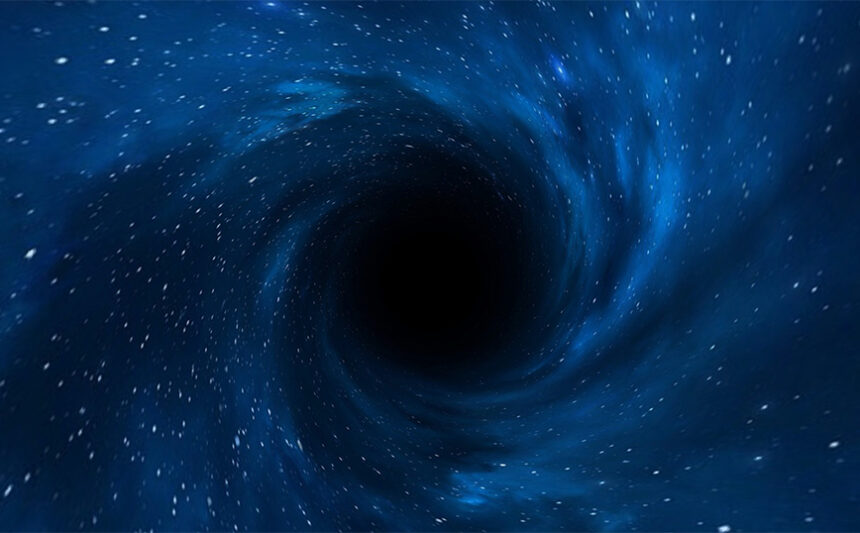James Webb Space Telescope and Chandra X-ray Observatory spot black hole 13.2 billion light-years away
The oldest supermassive black hole to date, which dates back to the time of the Big Bang, has been discovered by NASA scientists.
The black hole, which it is estimated to be 10 to 100 million times larger than our sunis estimated to have formed 470 million years after the Big Bang, when the universe was only 3% of its current age.
NASA’s James Webb Space Telescope and the Chandra X-ray Observatory spotted the black hole 13.2 billion light-years away in the galaxy UHZ-1.
This means its light has traveled 13.2 billion years to reach our space telescopes – making it a “amazing snapshot of the ancient past”according to astronomers.
The researchers believe that the black hole formed from colossal clouds of gas that collapsed into a galaxy next to a galaxy of stars. The two galaxies merged and the black hole prevailed.

The scientists published their study in the scientific journal Nature Astronomy.
According to the study’s lead author, Akos Bogdan of the Harvard-Smithsonian Center for Astrophysics, the black hole is estimated to weigh between 10% and 100% of the mass of all the stars in its galaxy.
In fact, this size cannot even be compared to the tiny sizes of black holes in our Galaxy and other nearby Galaxies (which reach 0.1%).








